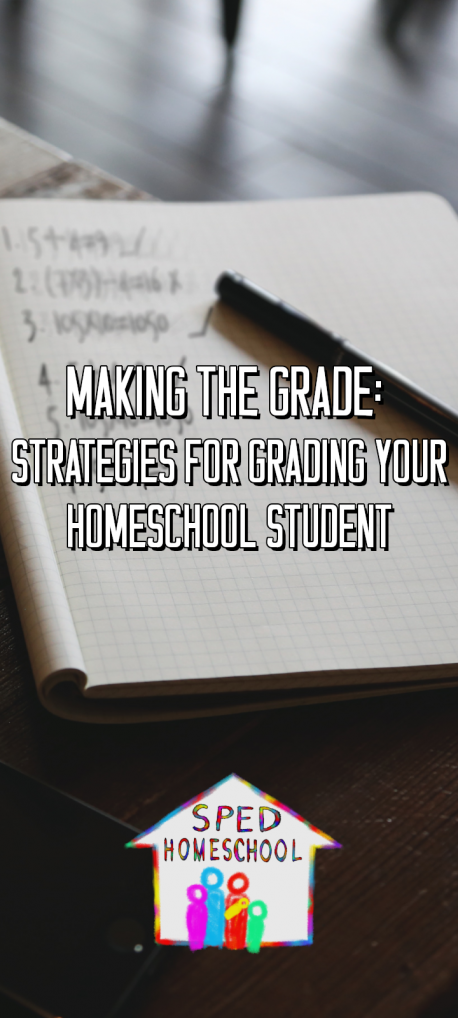
When it comes to grading, there really is no wrong way to do it. However, you may not be familiar with different strategies that are available and used in schools to grade students of different abilities. The key to selecting a grading strategy is BEGIN WITH THE END IN MIND!
What is your goal for the assignment? Is it mastery? Is it to learn how to complete an assignment independently, regardless of errors? Or is it about the process and the details more than the overall finished product? While there are probably as many ways to grade as there are teachers on our planet, here are some common ways to consider.
Checks and X’s: The “Traditional Method”
There is a time and place for traditional grading. Teachers from Elementary to College professors use this method to see what students know and what they don’t. Grades are usually displayed as a percentage (calculated by a number of questions correct divided by a total number of questions, then multiplied by 100); examples would be a 96 or 85. It can also be displayed as a fraction of number correct over a total number of problems (16/20).
This is useful in a subject that is straightforward or during high school years on curriculums that lend themselves to such grading. It also tends to be a quick and efficient method for teachers in calculating and maintaining grades. You can always change it up and use stickers or smiley faces instead of checks if you are using this method for younger students!
Grading to Mastery
One method I have used in the past for a class of Fourth Graders was grading to Mastery. Any questions they were incorrect on, I would circle or otherwise indicate in ink and have them correct them. My goal was for them to come up with the right answer on their own.
If after correcting it, they were still wrong, I would do a quick re-teach and have them try again. If they were still wrong, we would go through it together. I would indicate on the paper each time we had to go back over it so that I could track their progress and level of support needed. Meanwhile, they were pleased that they (eventually) came up with the right answer and got it “right.” This method is especially good for children who get frustrated or upset when something is marked wrong.
Checklist
A checklist is really great for younger kids or children who need things listed very specifically. For example, maybe your goal is for your child to complete 3 math problems independently, put their name on their paper, and turn it in to a certain spot or folder. Your checklist would look something like this:
|
Did you remember to….
|
Yes
|
No
|
|
Write your name on your paper?
|
||
|
Answer all three questions?
|
||
|
Write neatly?
|
||
|
Put your paper in the red folder?
|
The idea of the checklist is the student can independently complete work when they know what the expectations are ahead of time. It also serves as a visual reminder during the work process to keep students on track for assignments and projects.
Rubrics
Rubrics are a lot like checklists but can leave more room for originality. They are great for projects that cover multiple subjects, grading projects that don’t lend themselves to traditional or mastery grading, or even a checklist. There are a lot of resources for rubrics, including:
- teachnology: Offers a large collection of pre-made rubrics, especially for grade school subjects and activities
- Teacher Planet: Rubrics 4 Teachers: Lots of pre-made project rubrics, plus a very simple rubric building tool for making simple custom rubrics
- Project Based Learning: Checklist Developer: A checklist approach to a grading rubric
- edtechteacher: Great rubrics for high school-level work including bloging, video, coding, and media projects, as well as many links to other rubric development material
- RubiStar: is a tool to help teachers (and parents) who want to use rubrics, but do not have the time to develop them from scratch.
Whichever method you choose, or if you create your own way of grading, making your expectations clear to your student and keeping your end goal in mind are key to making your grading meaningful. When working on my Masters, I once read an article that stuck with me. The point made was that students who had answers marked wrong improved less quickly than students who also were given the correct answer or shown how to correct it. The biggest benefit of homeschooling is we get to “make the rules,” and that includes being able to reteach a topic until it is truly mastered if that is what is needed!!!
Special thanks to Shannon Ramiro and Peggy Ployhar for sharing examples and resources to make this article possible.

